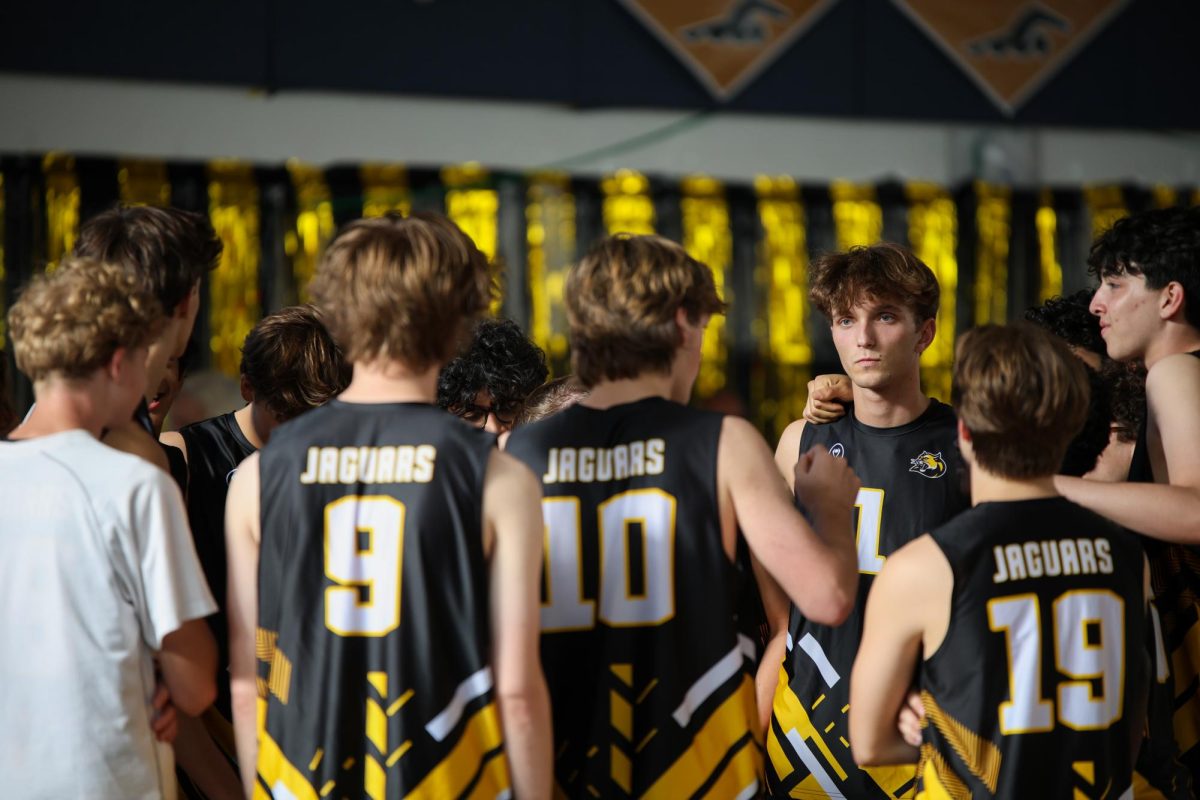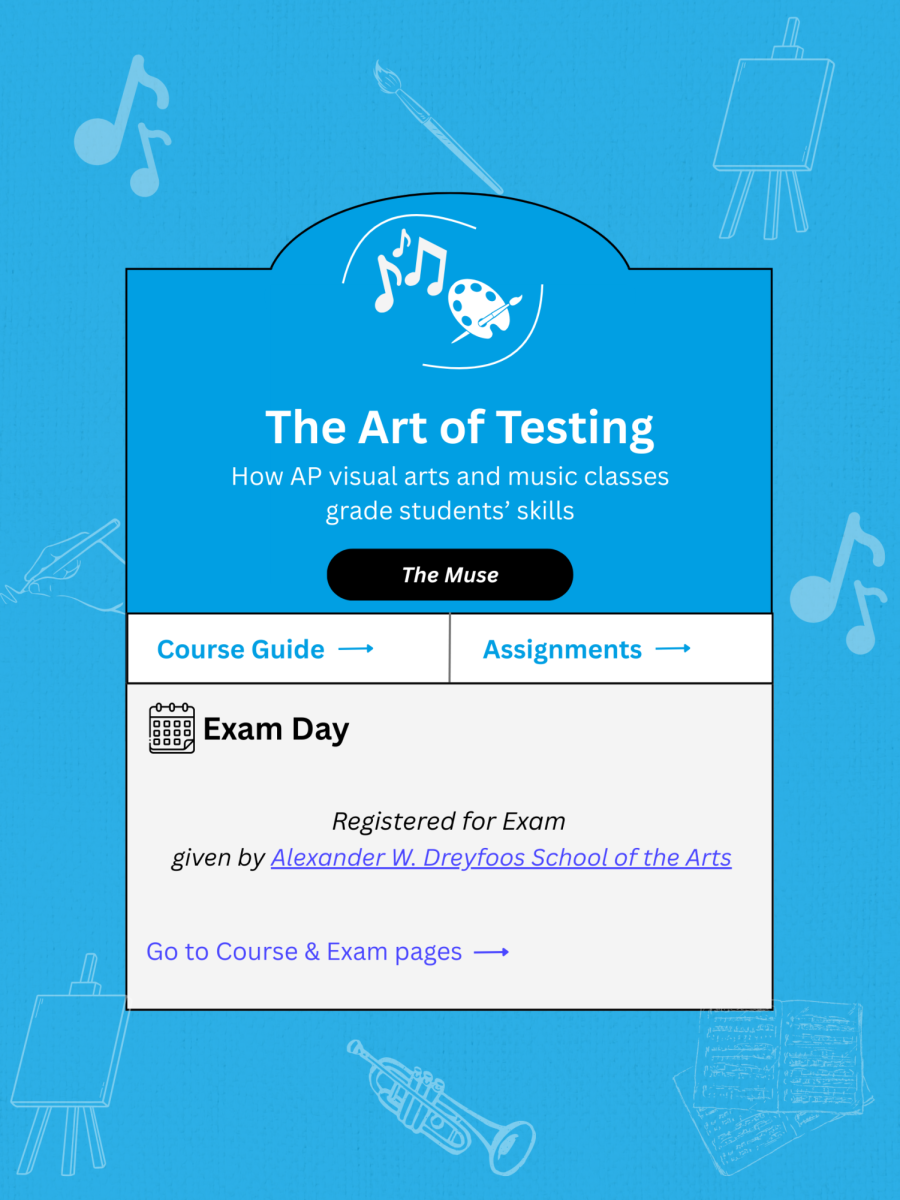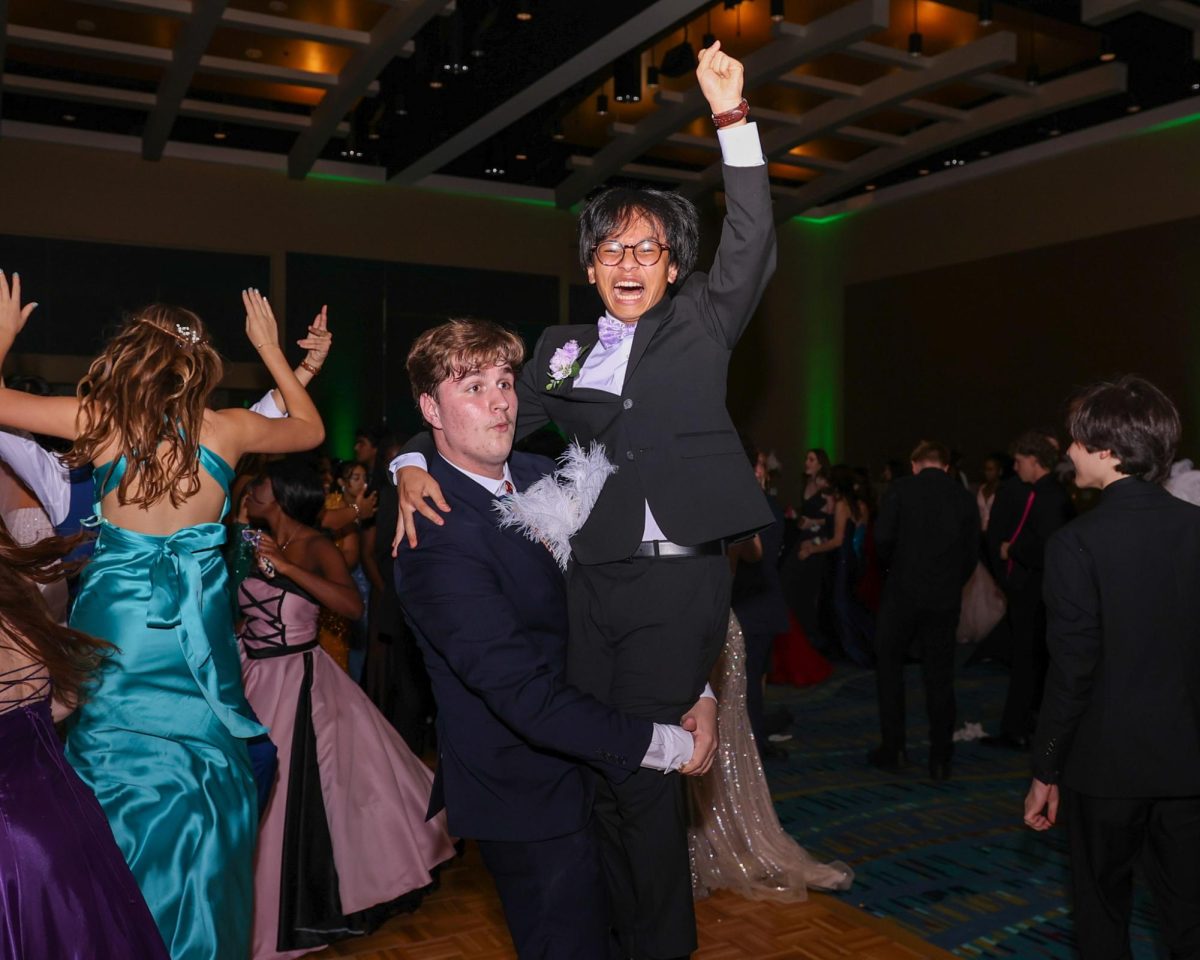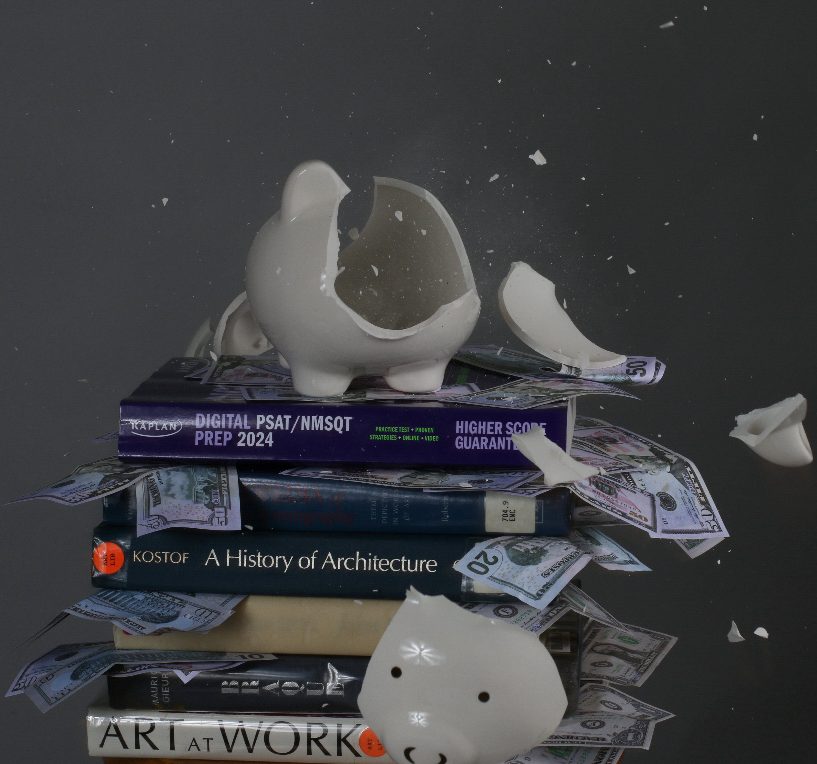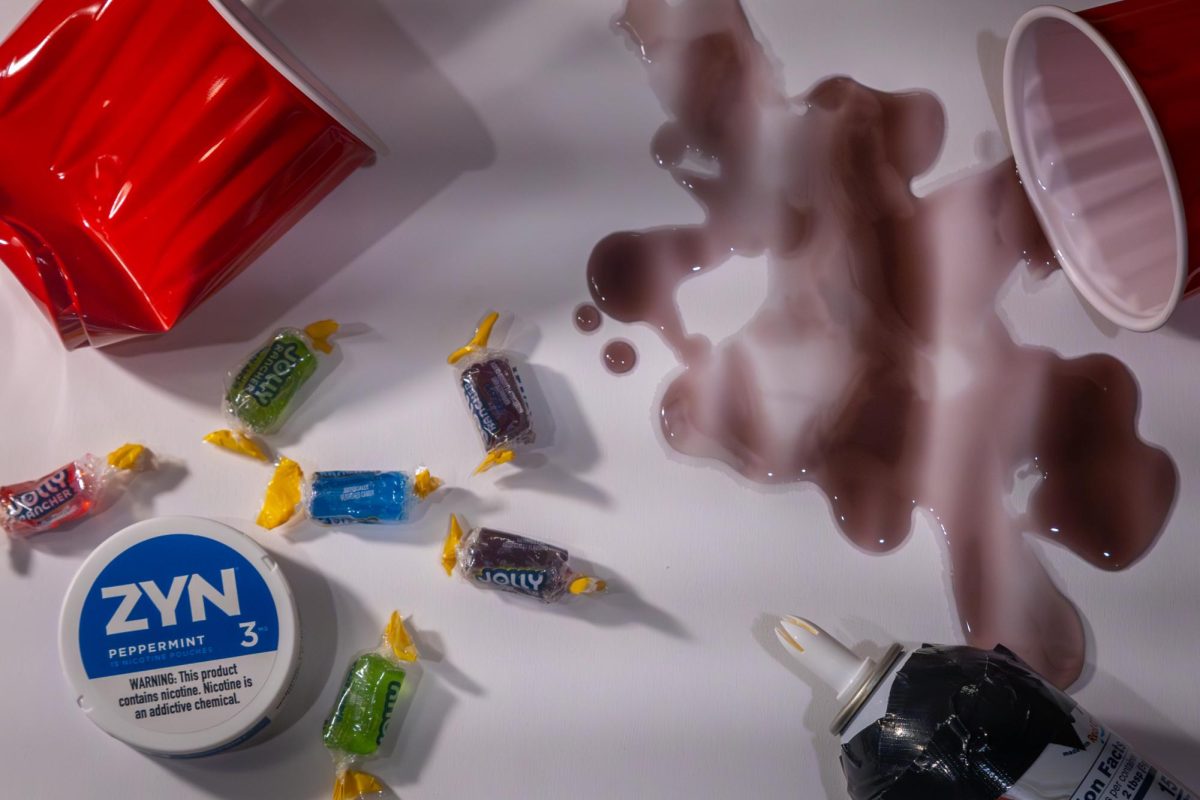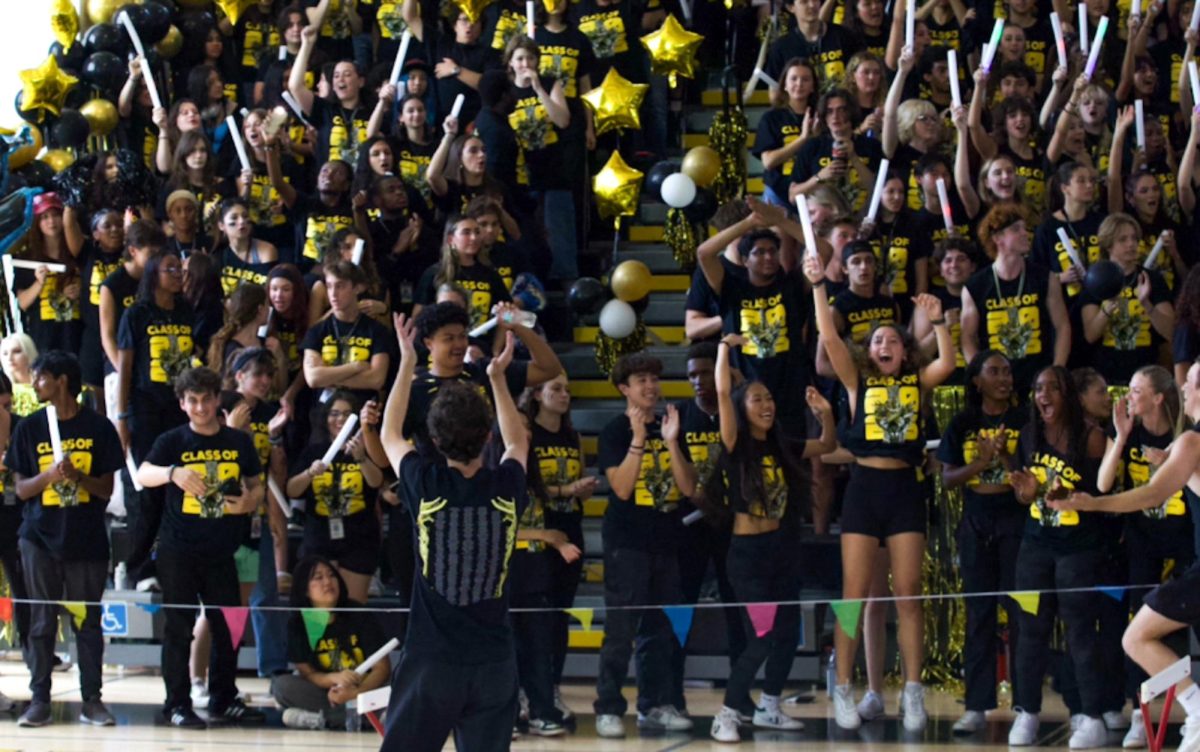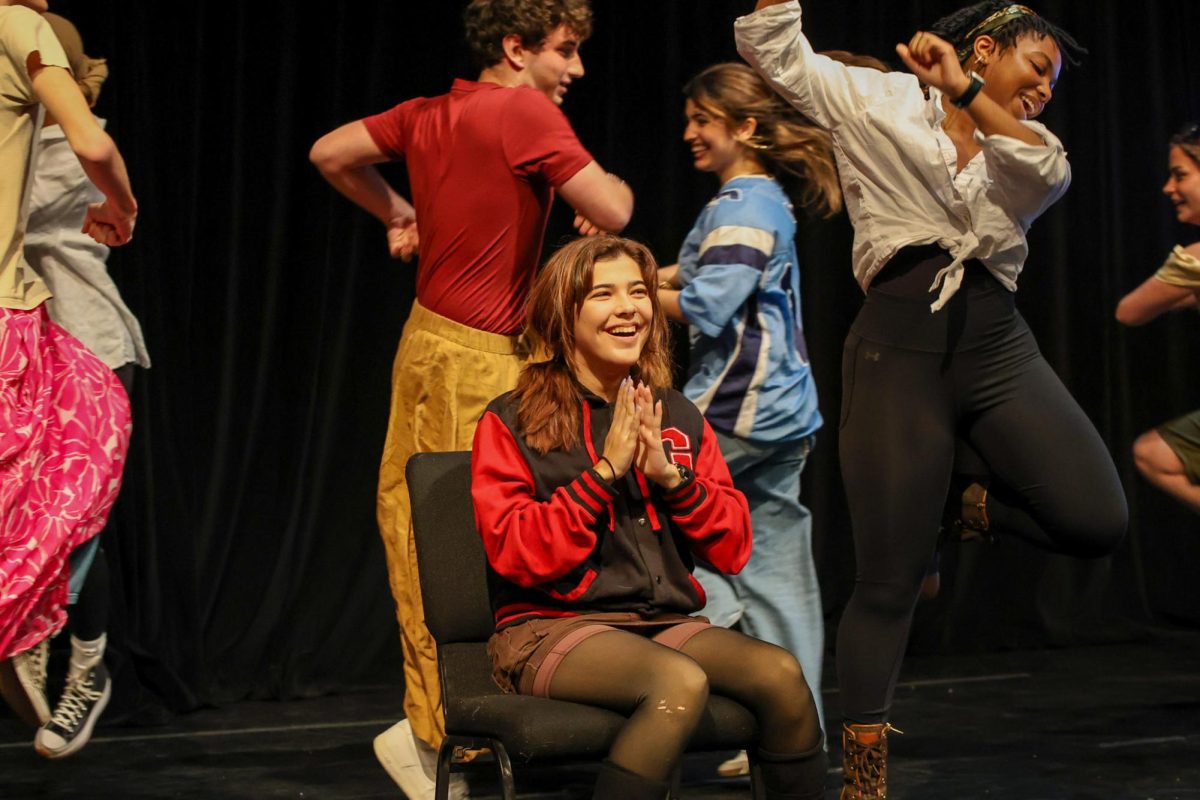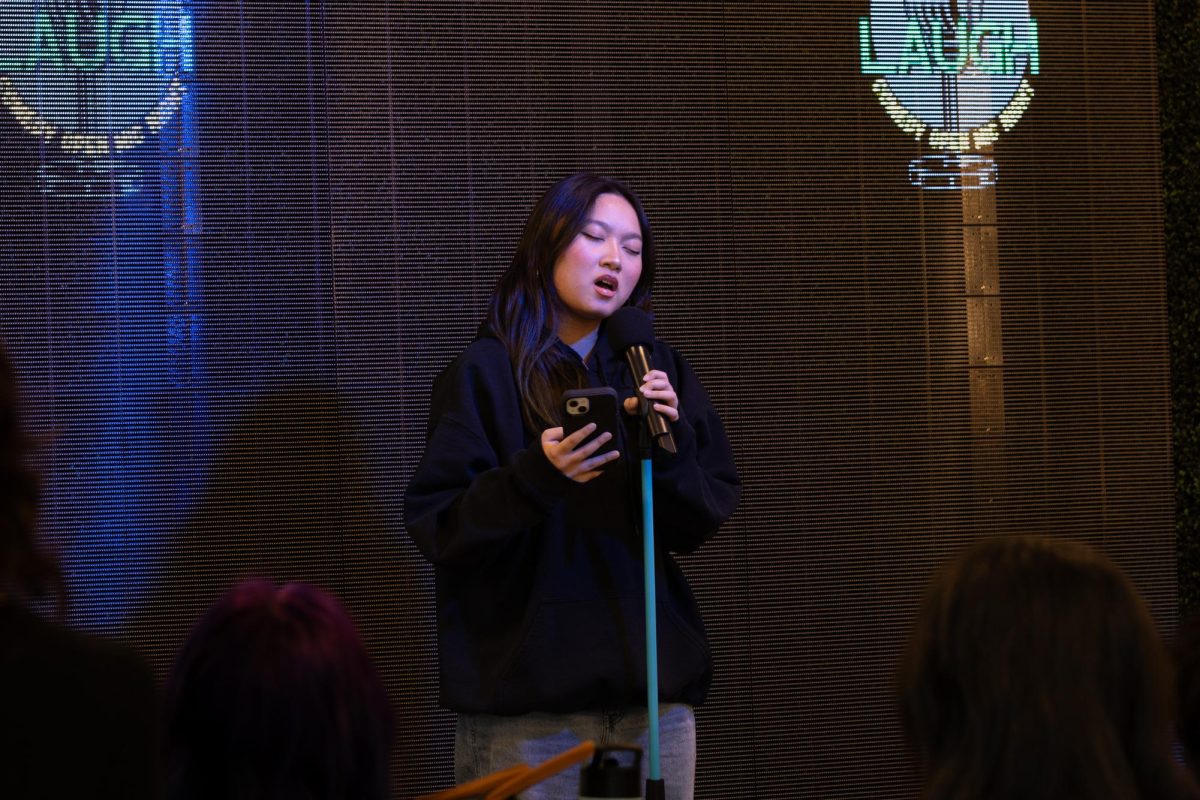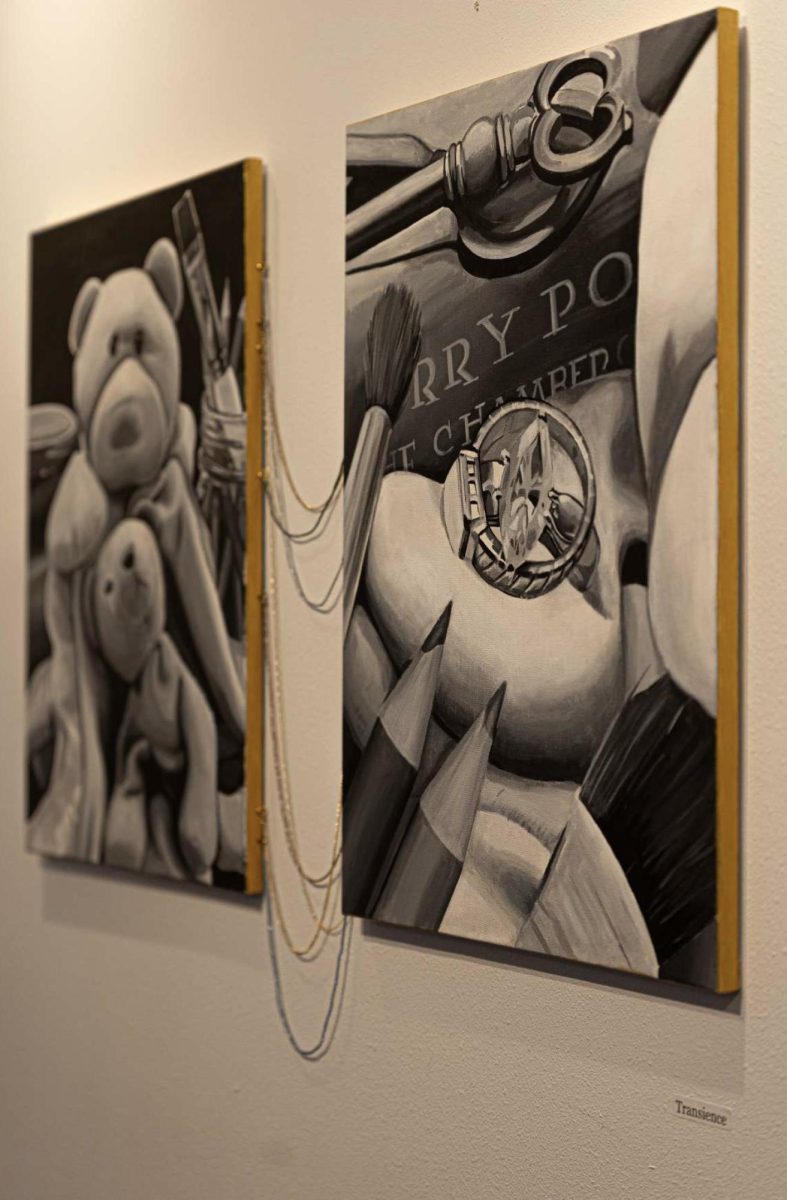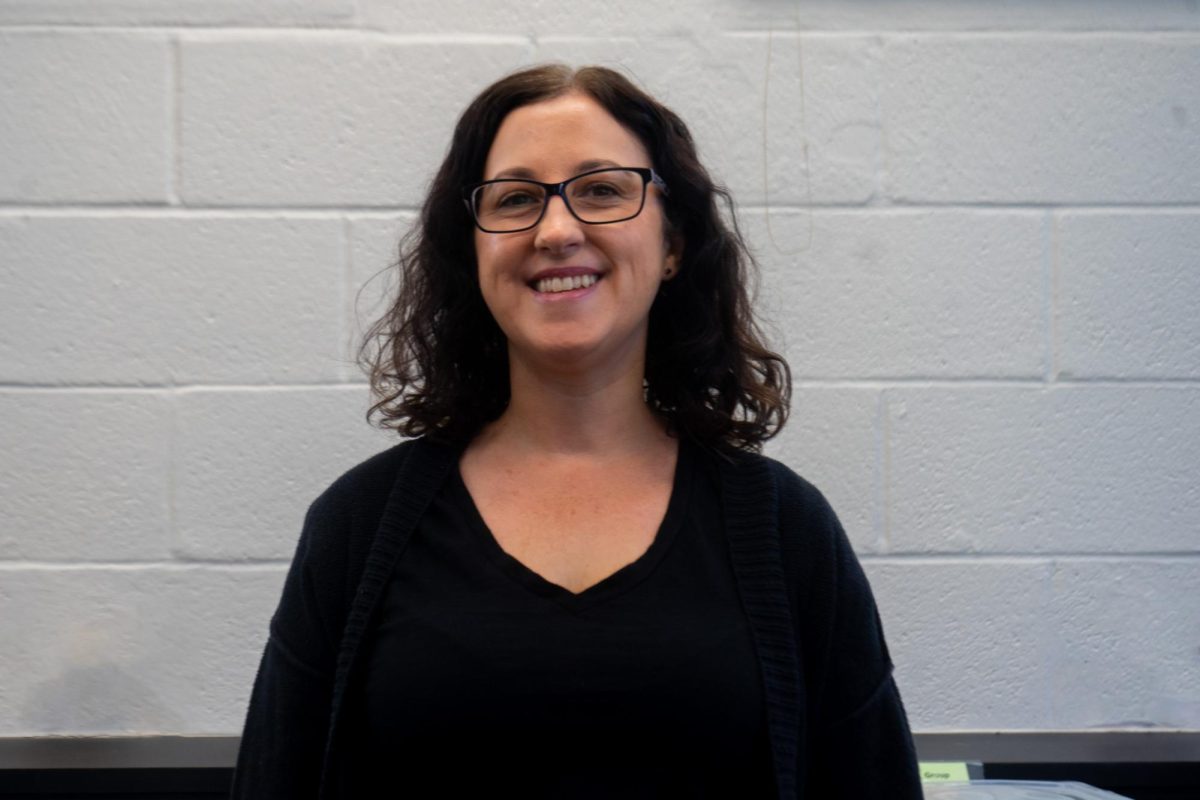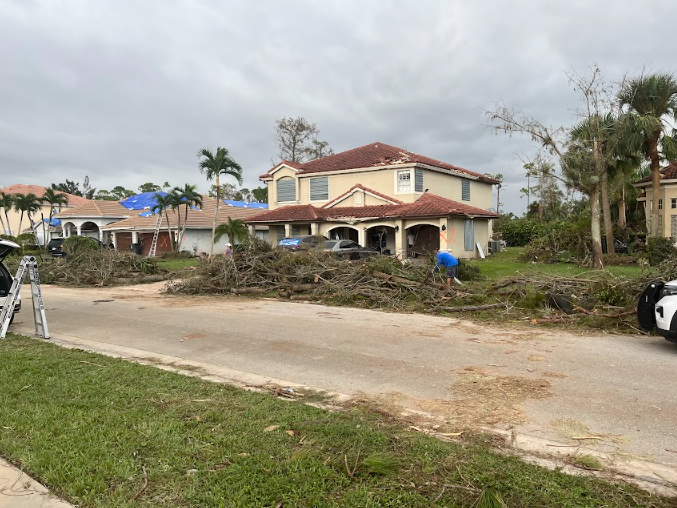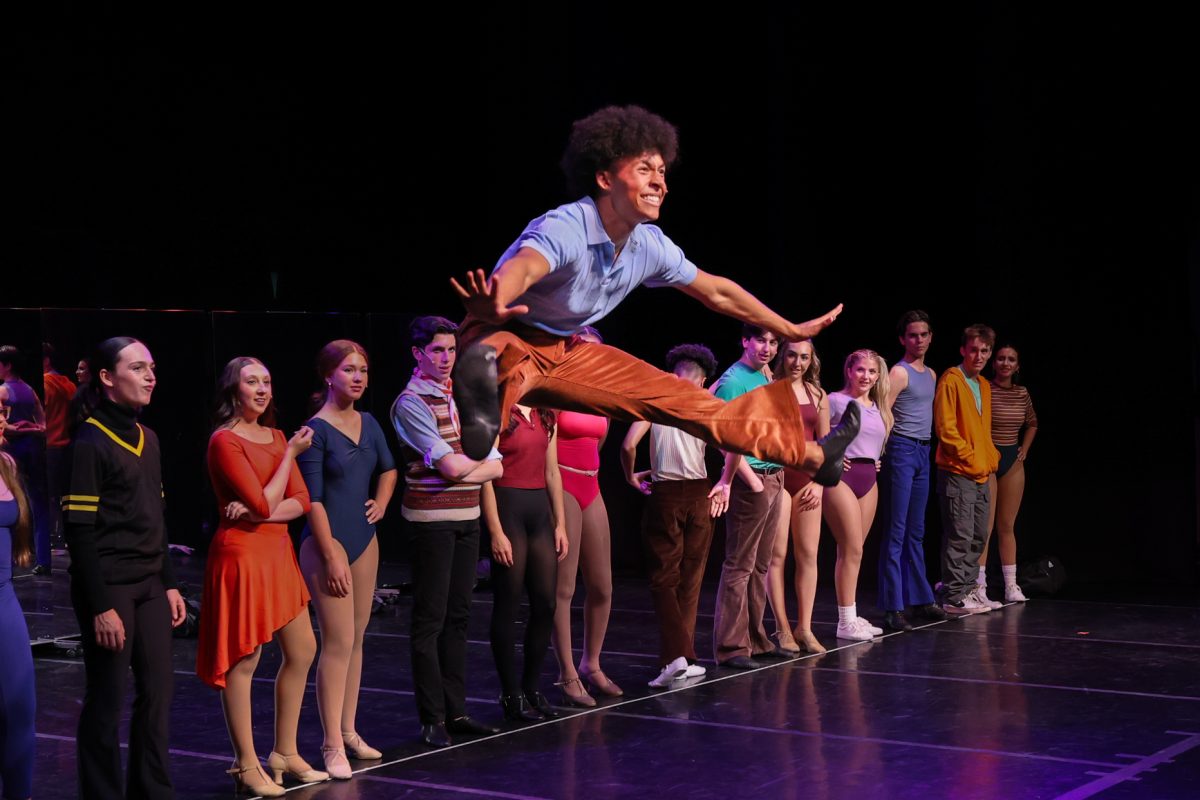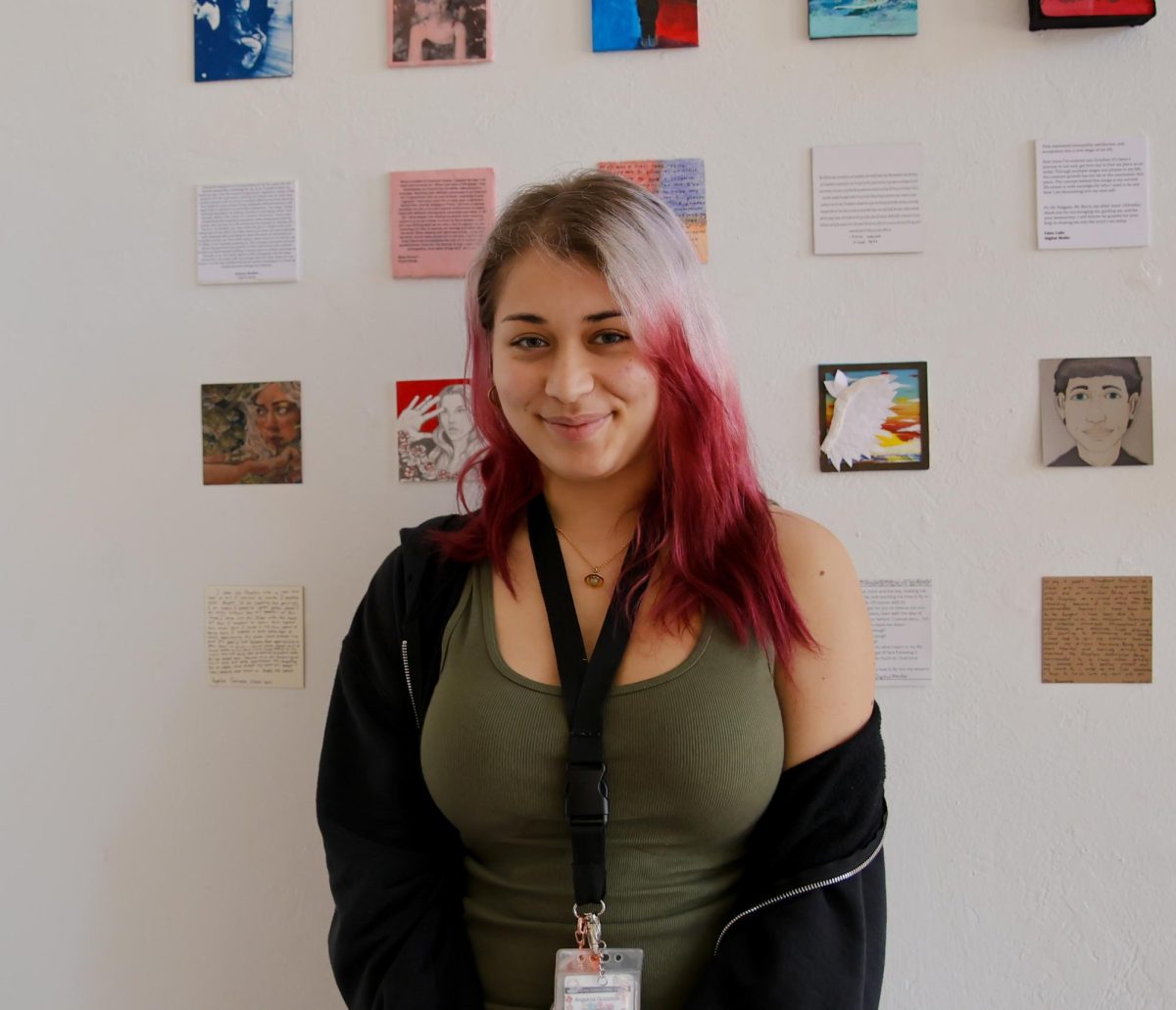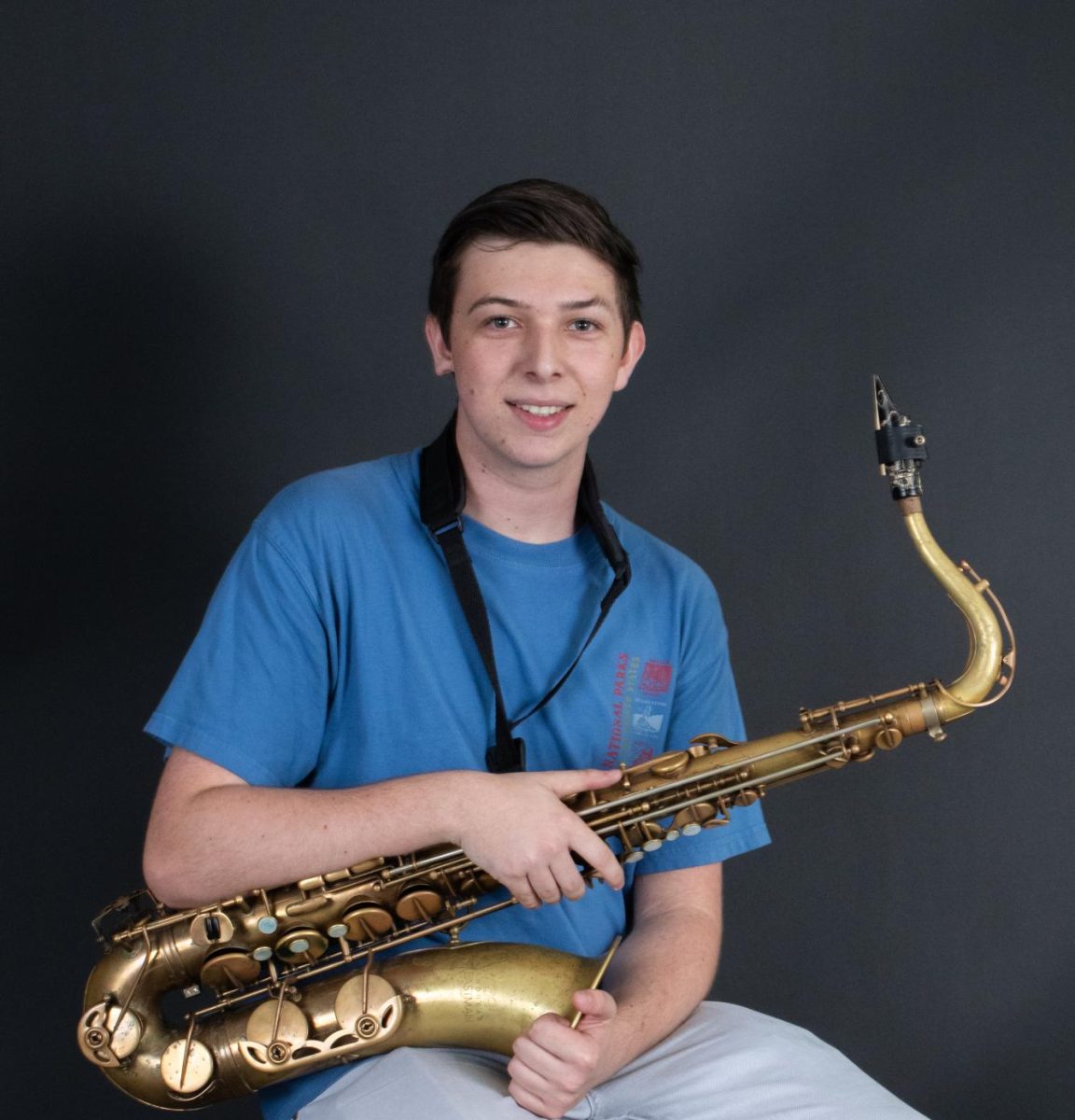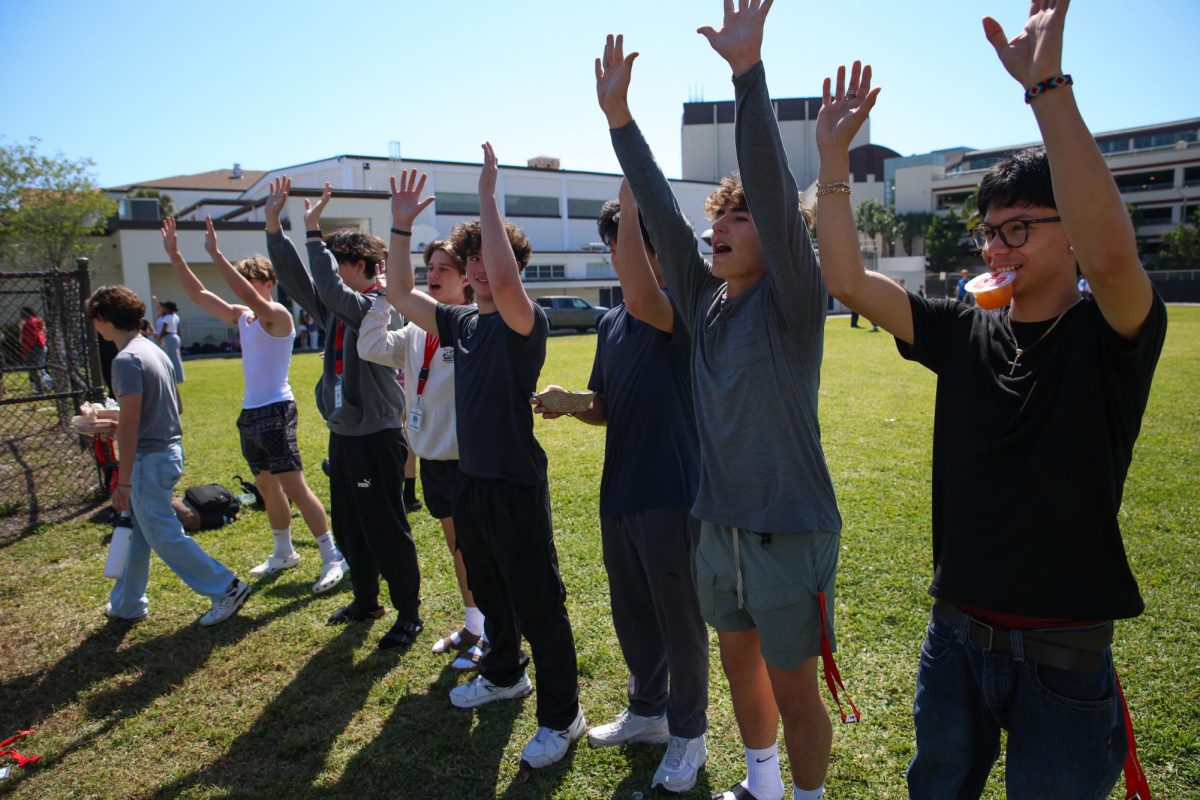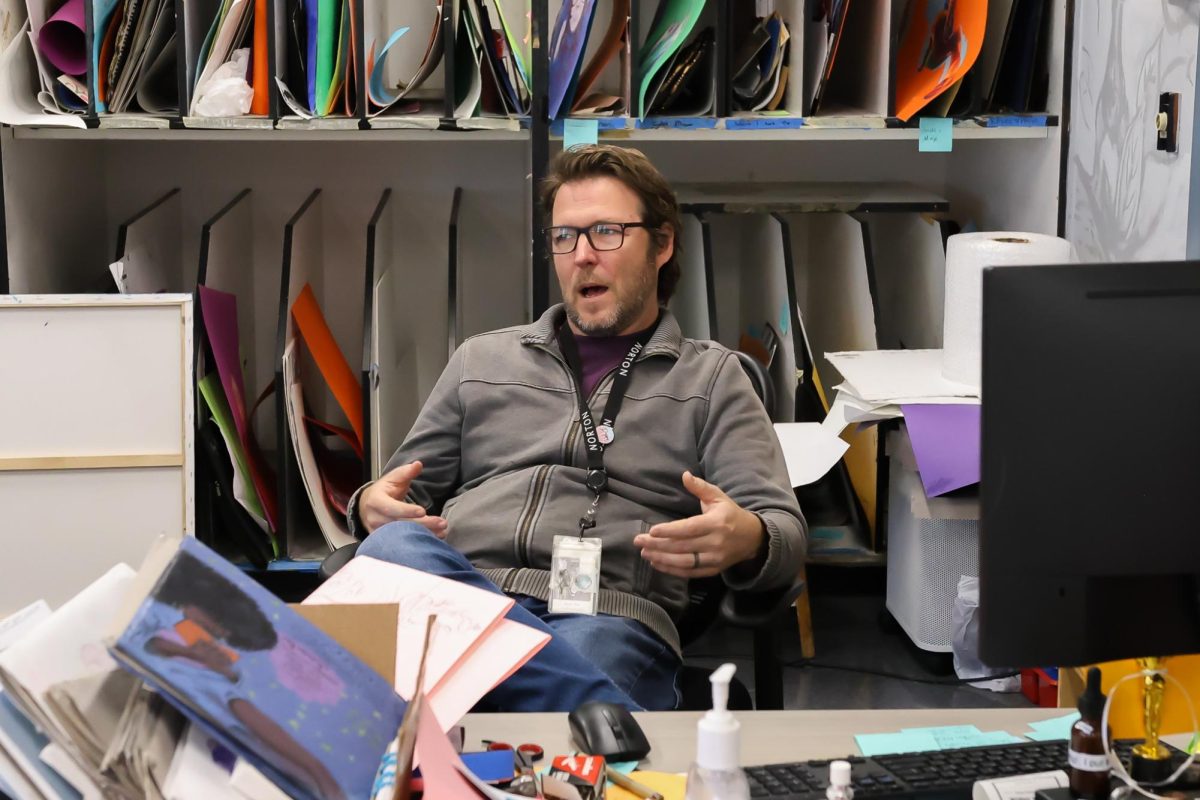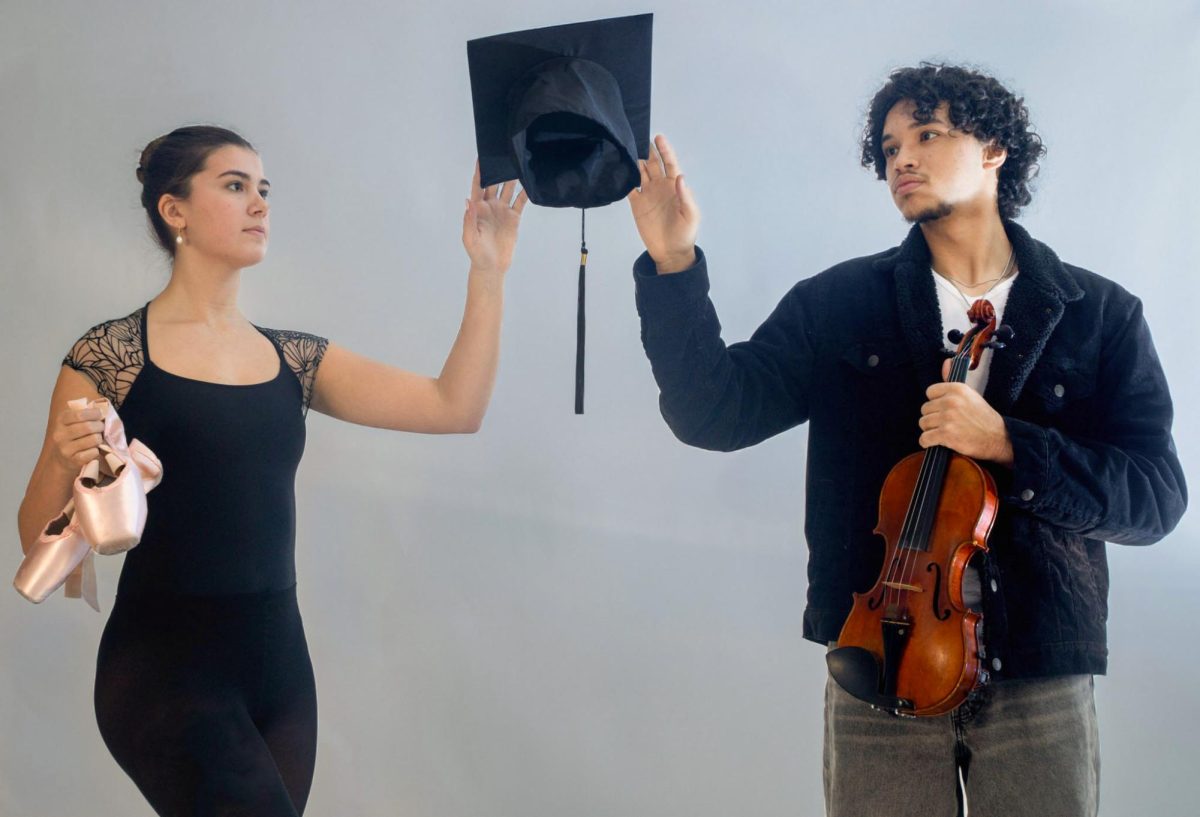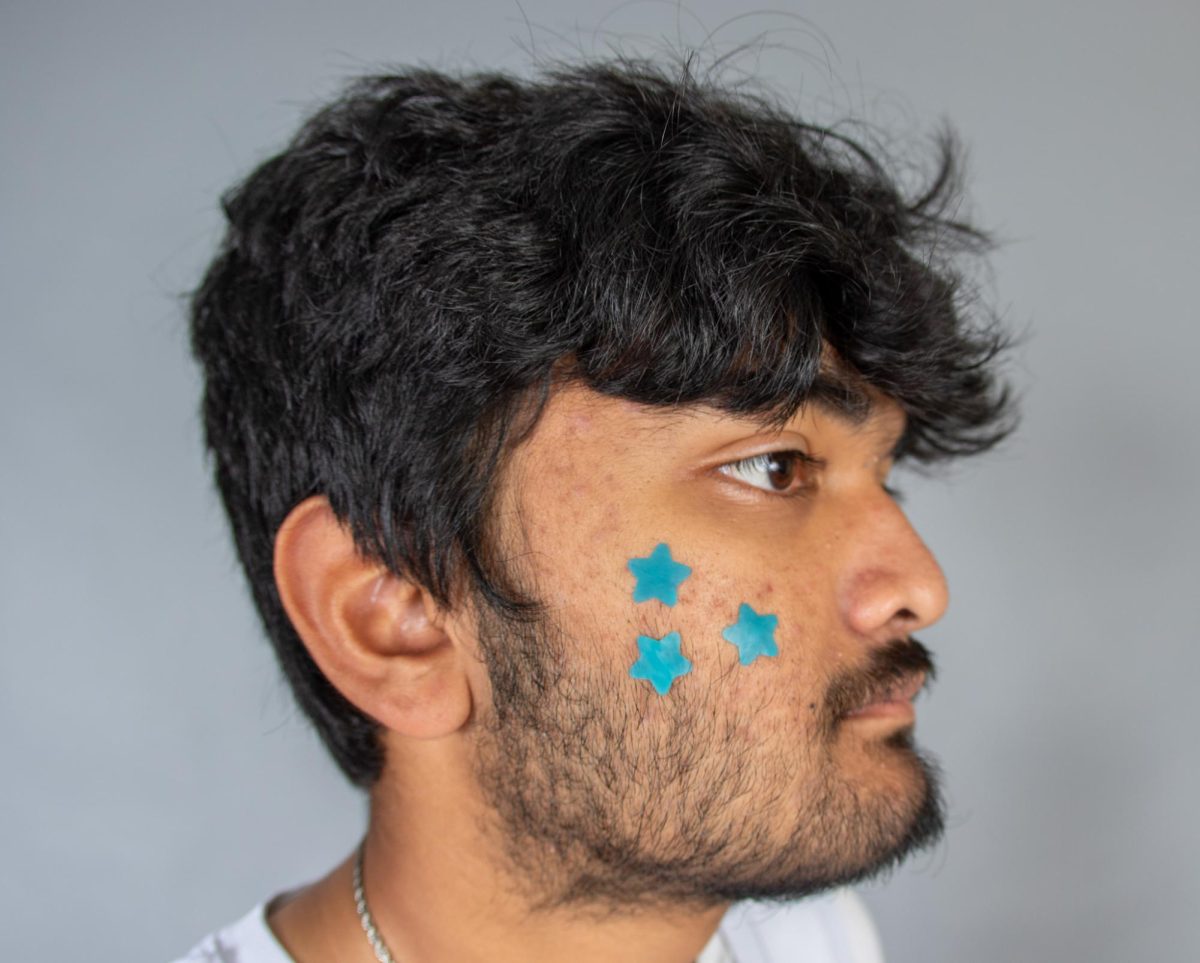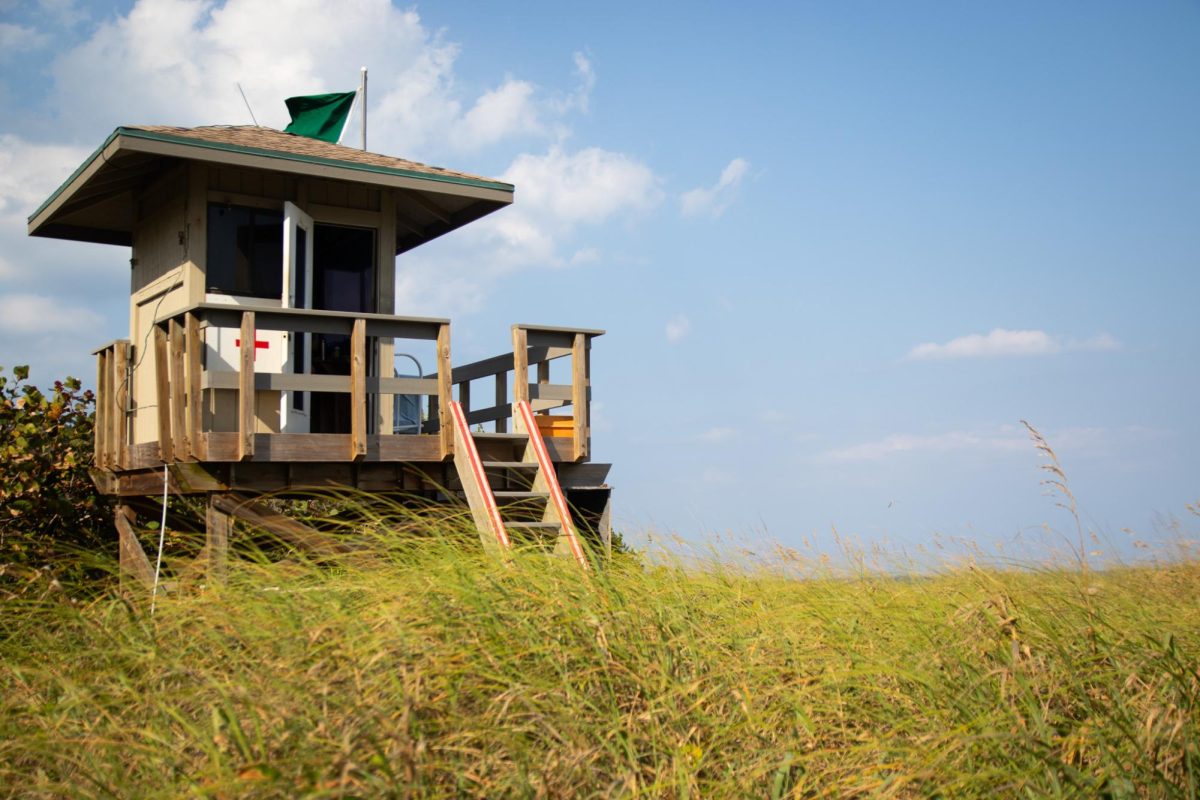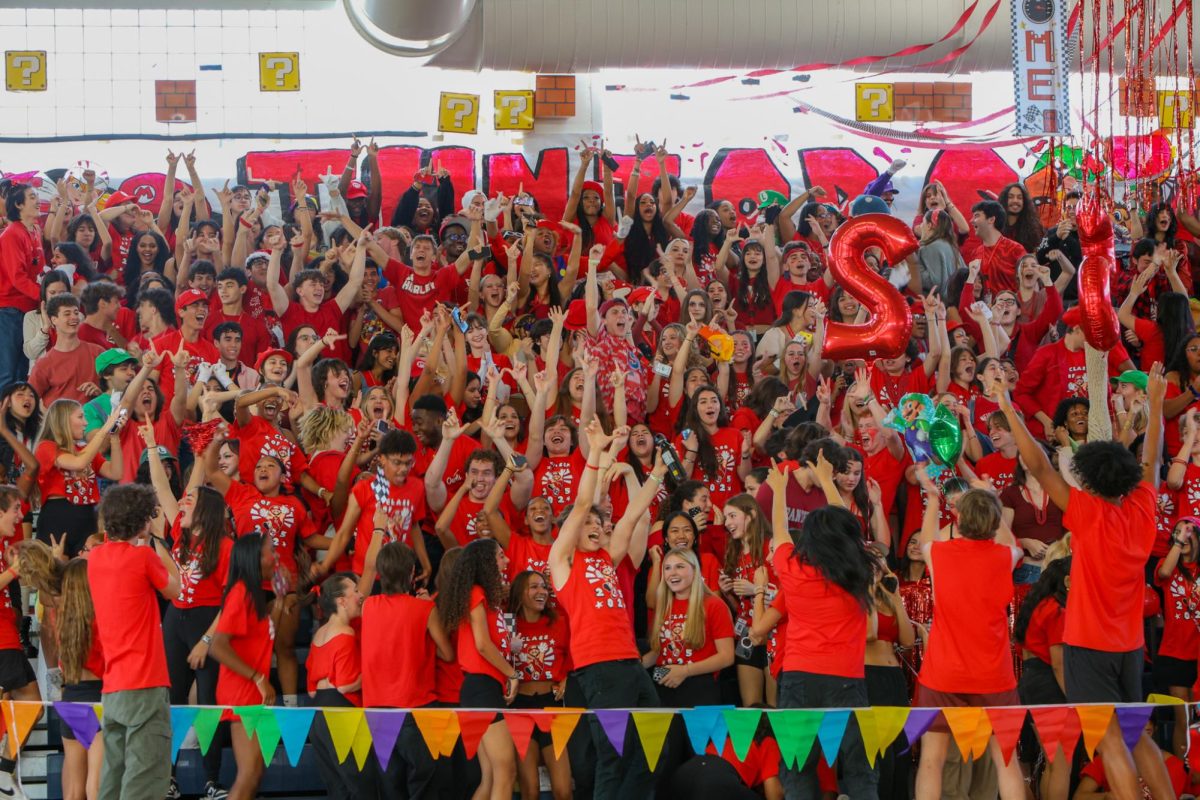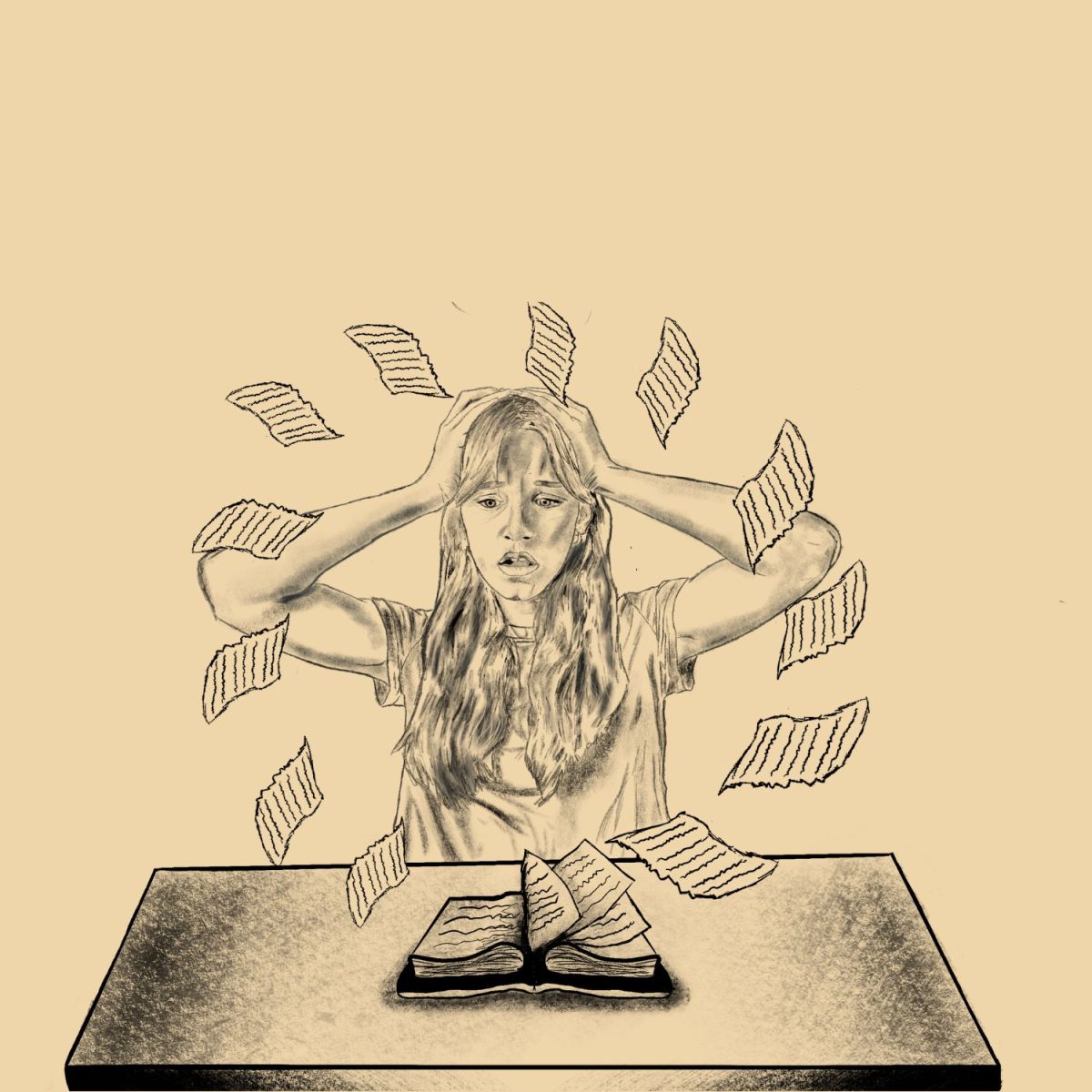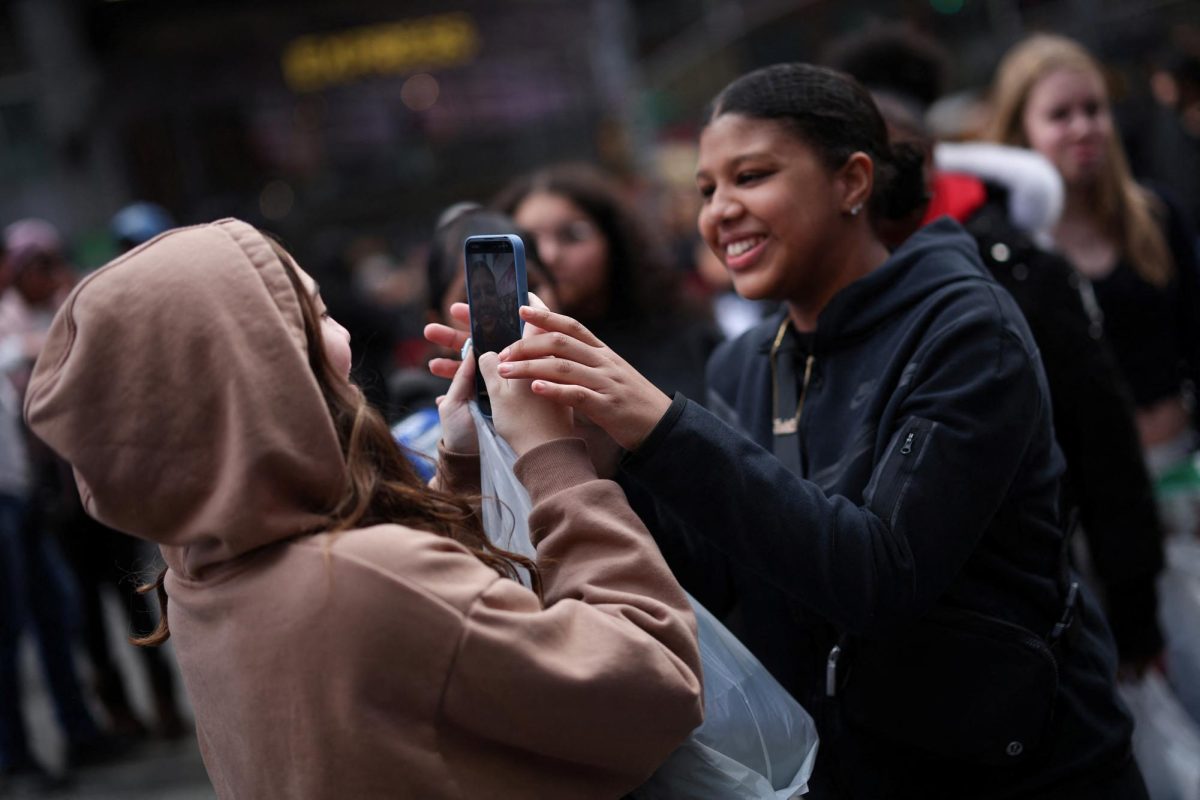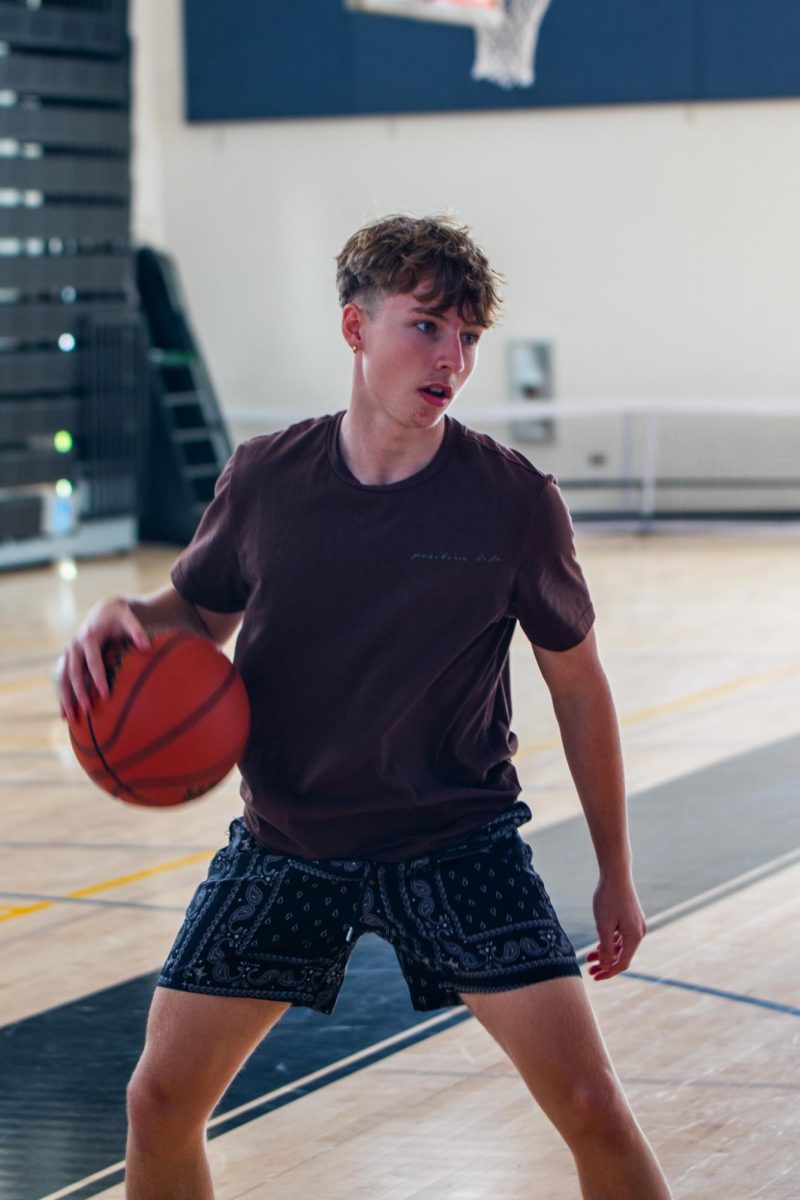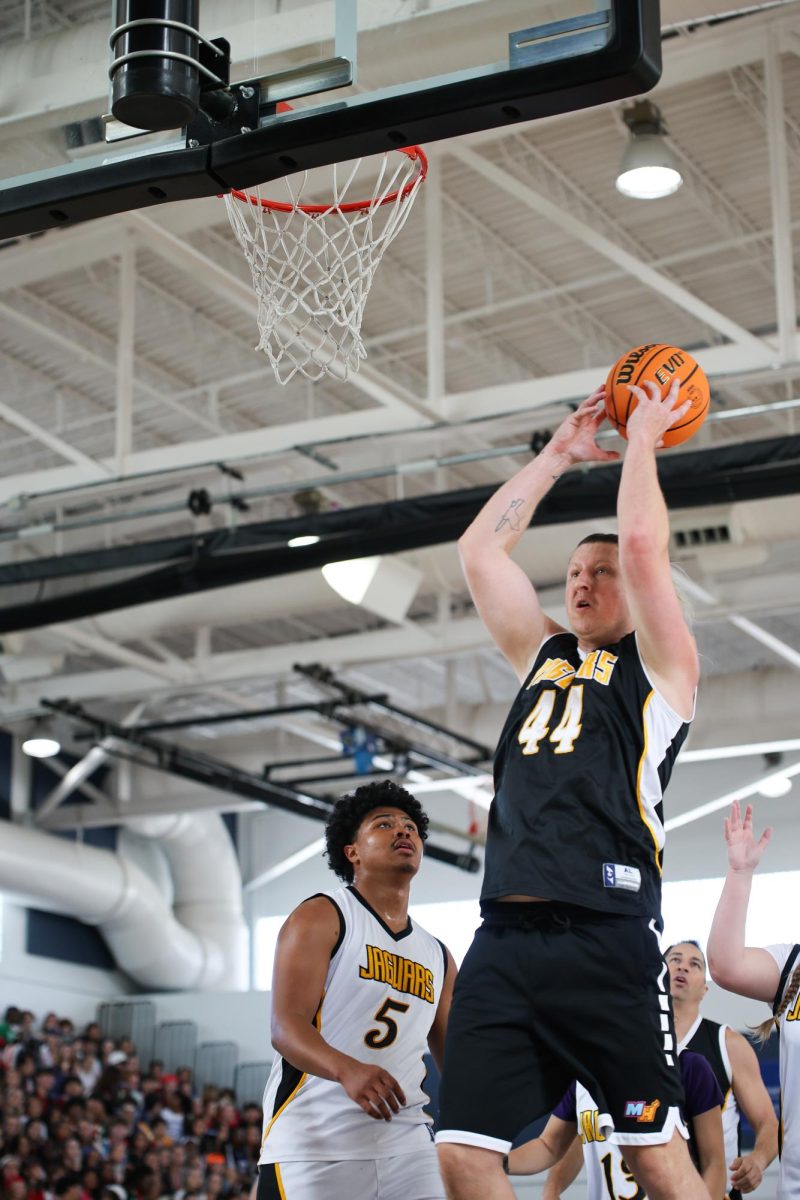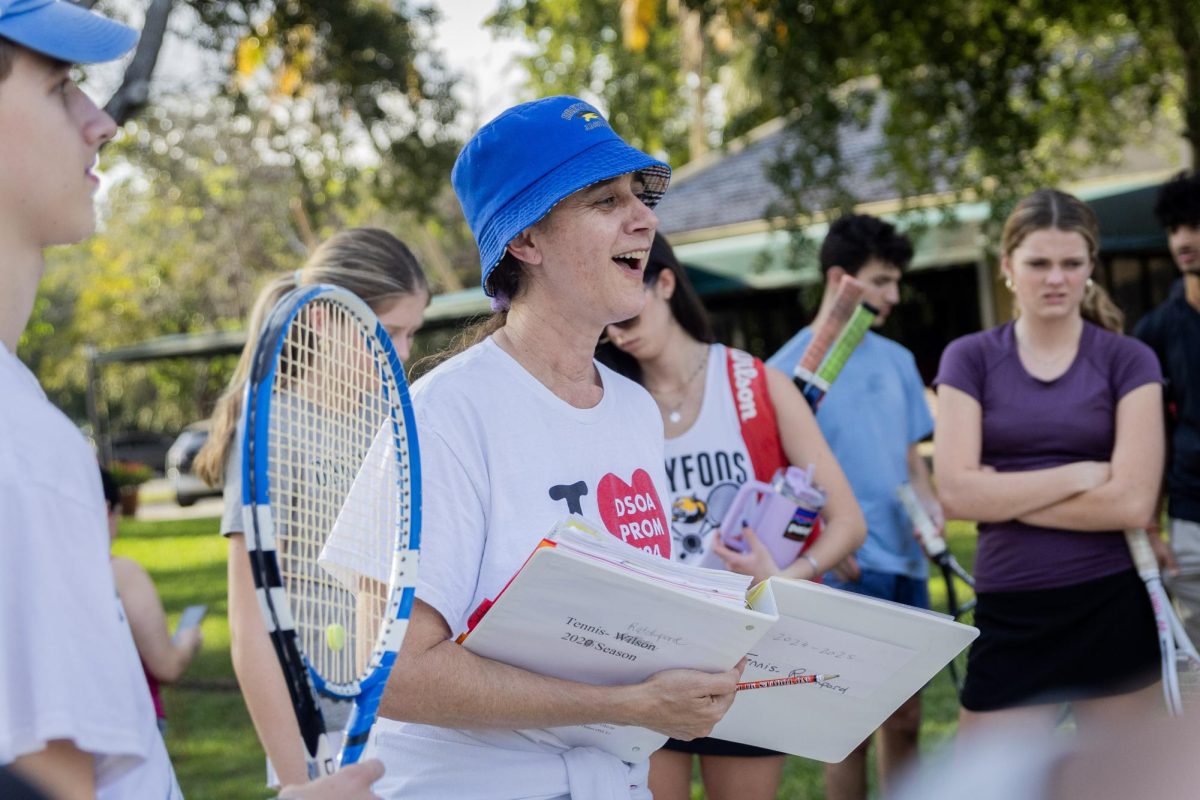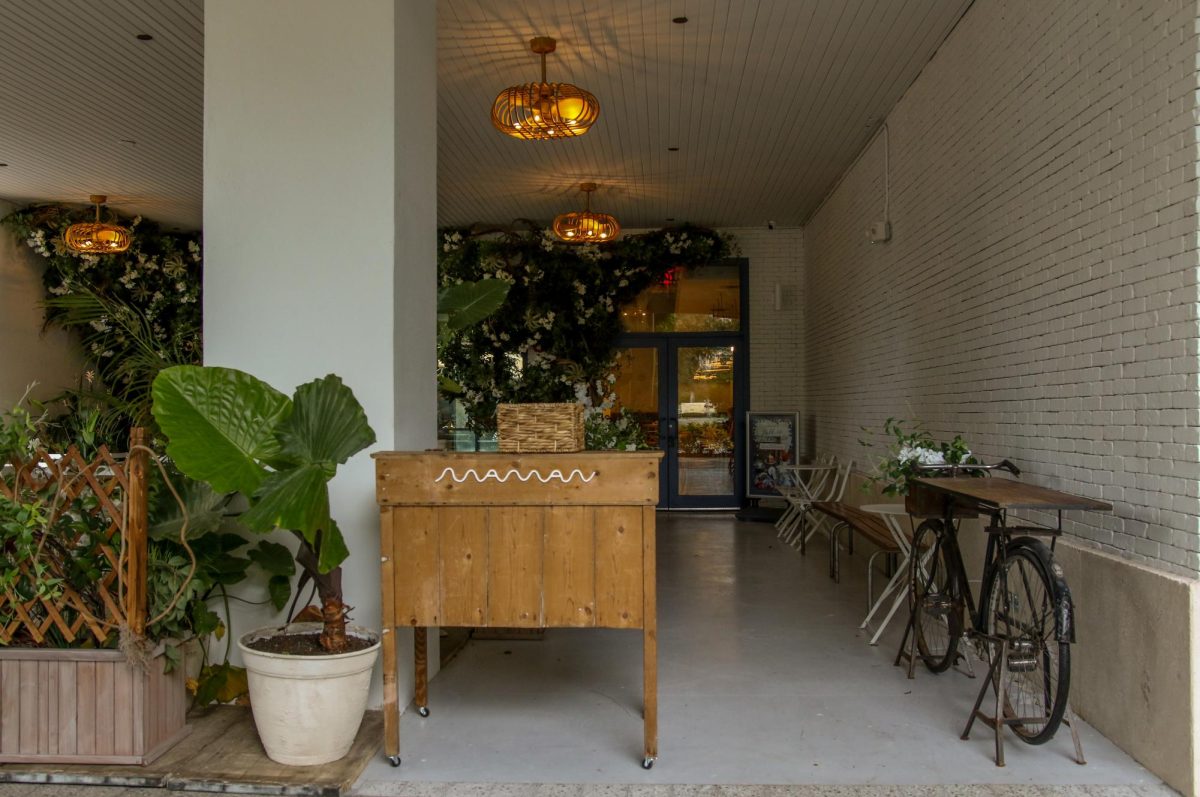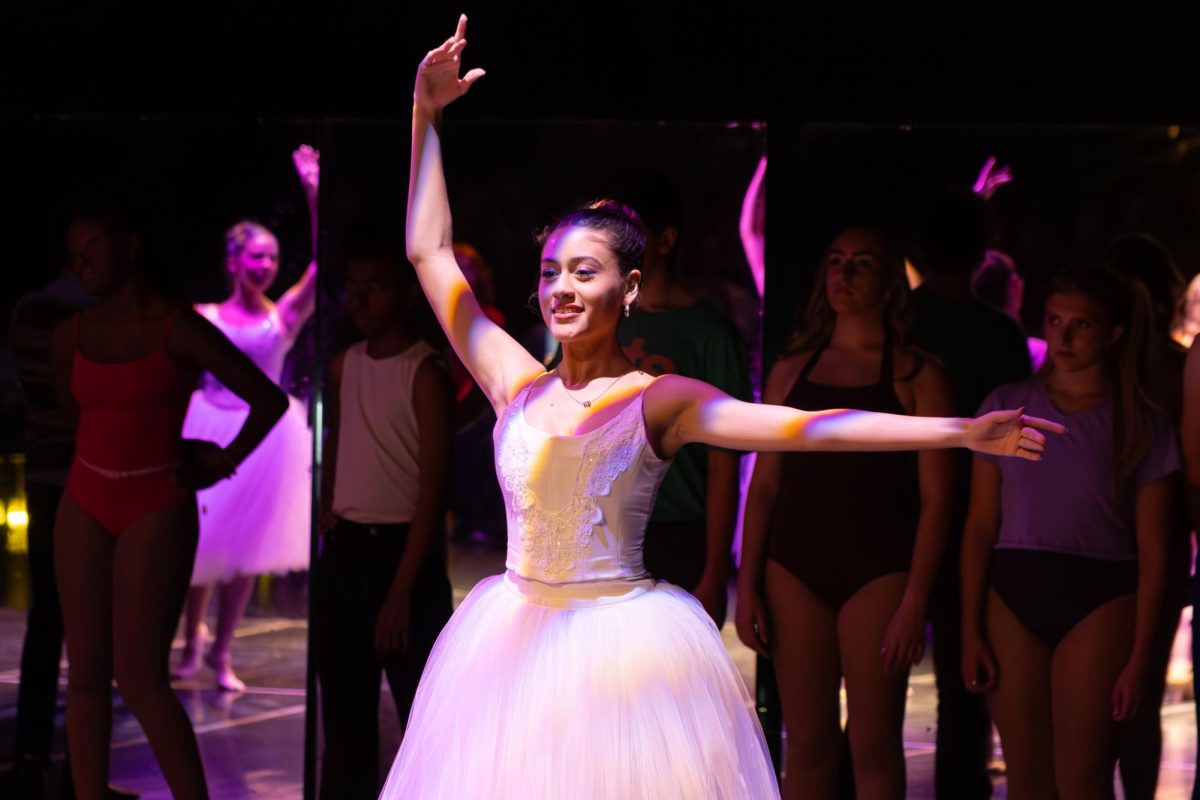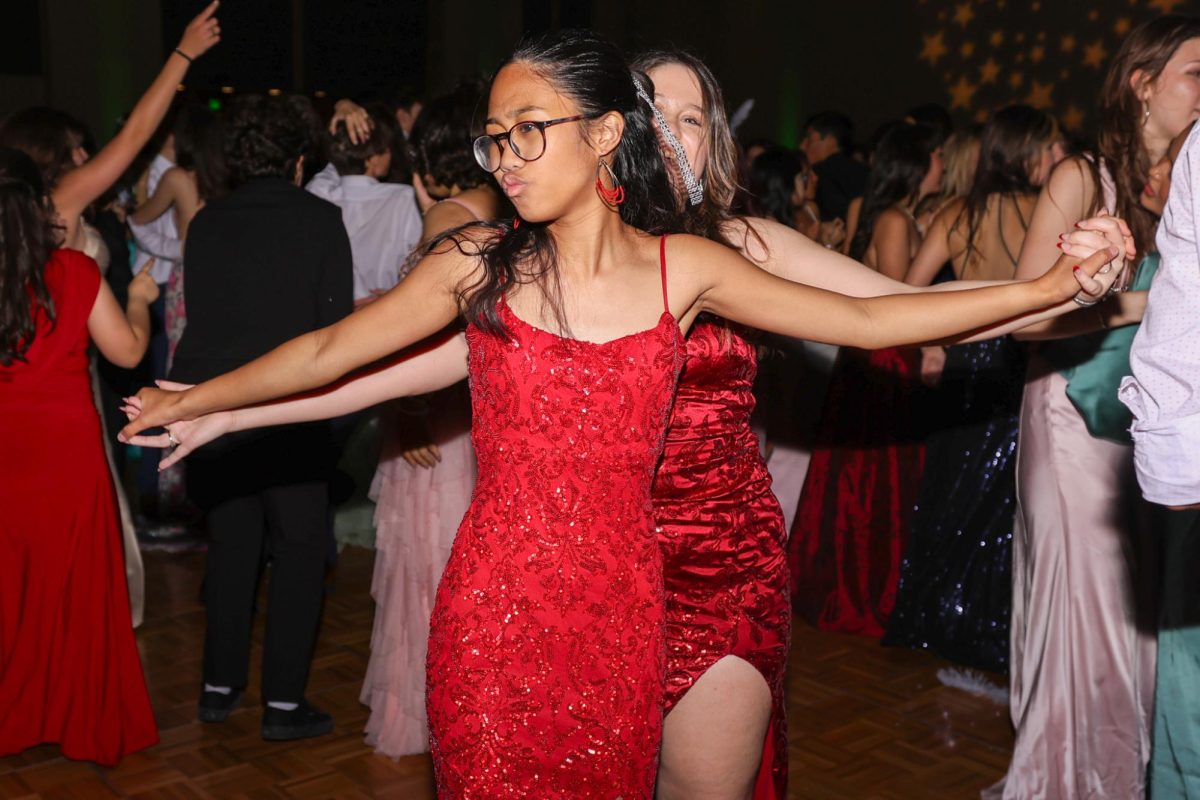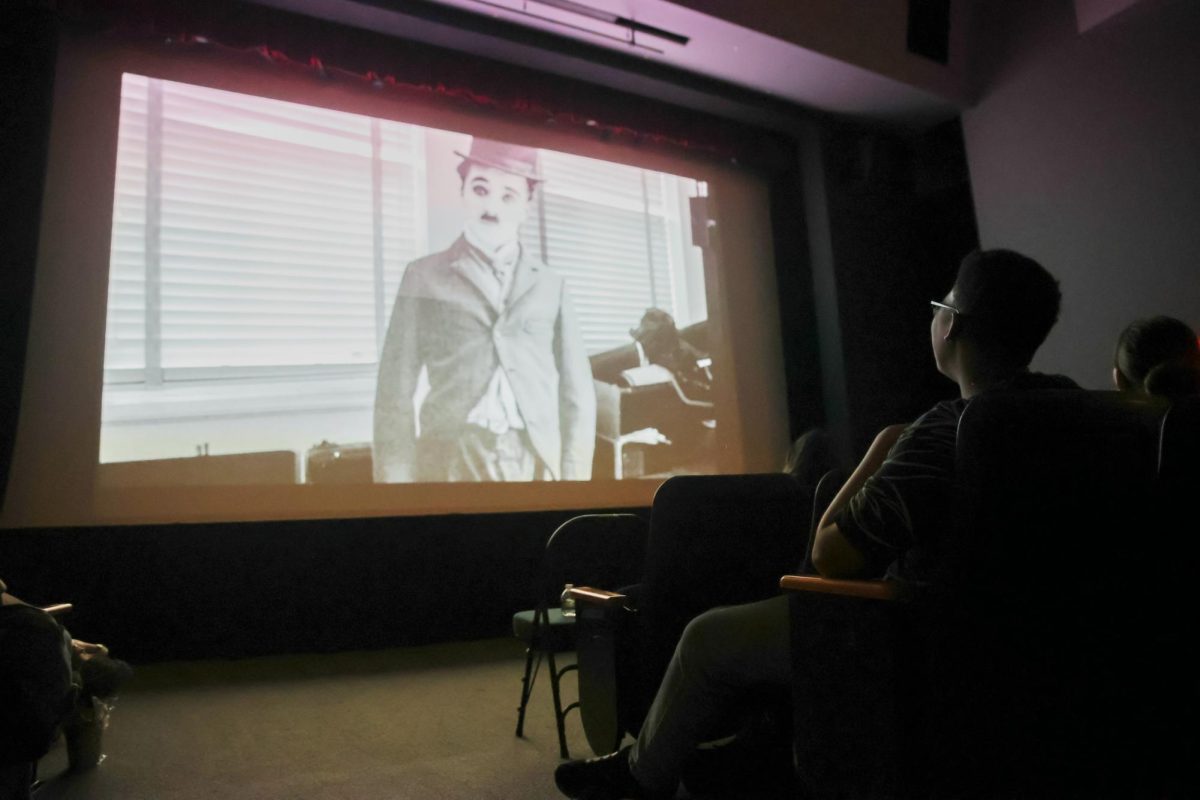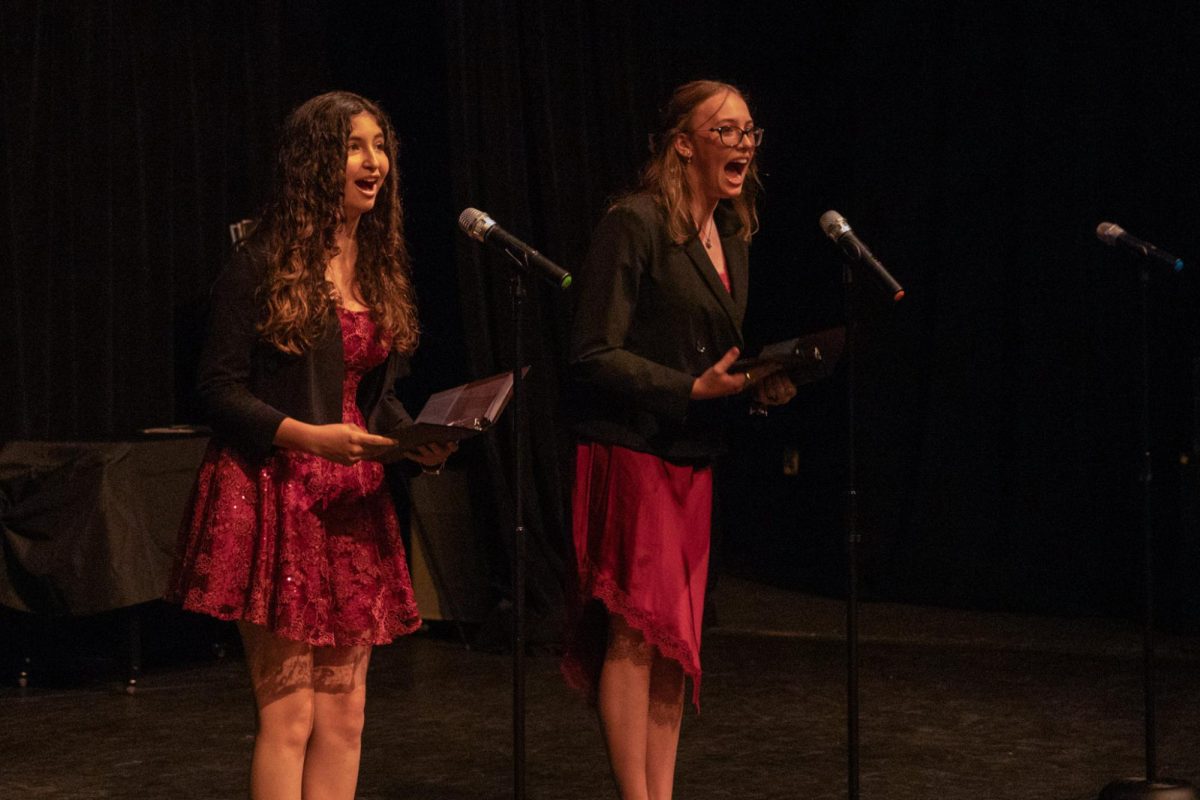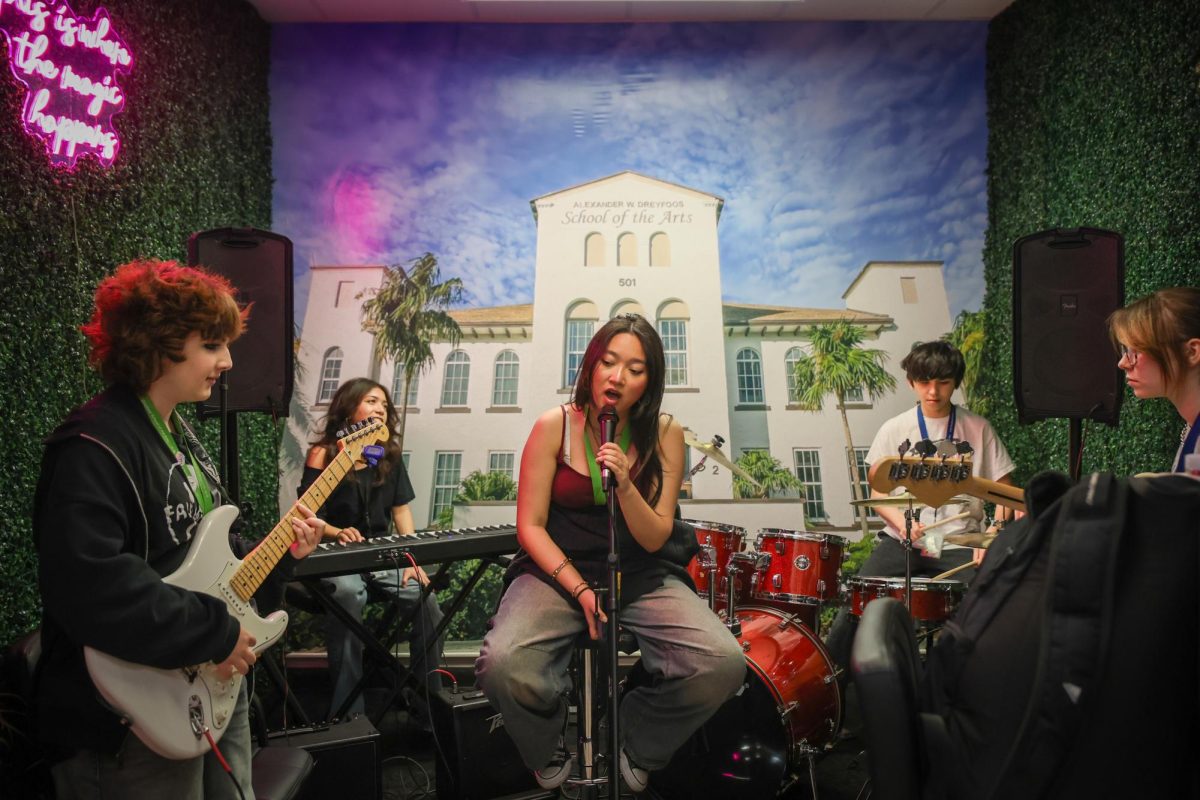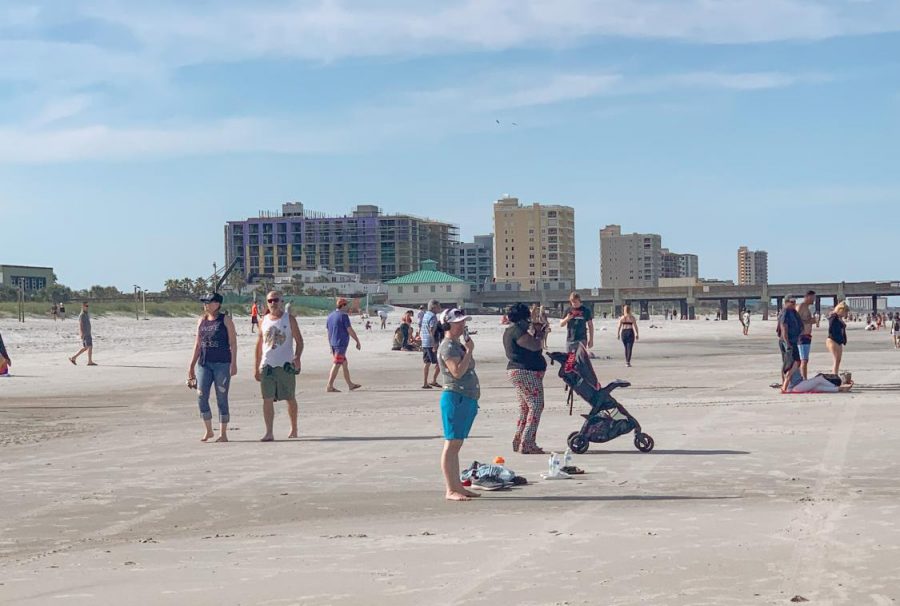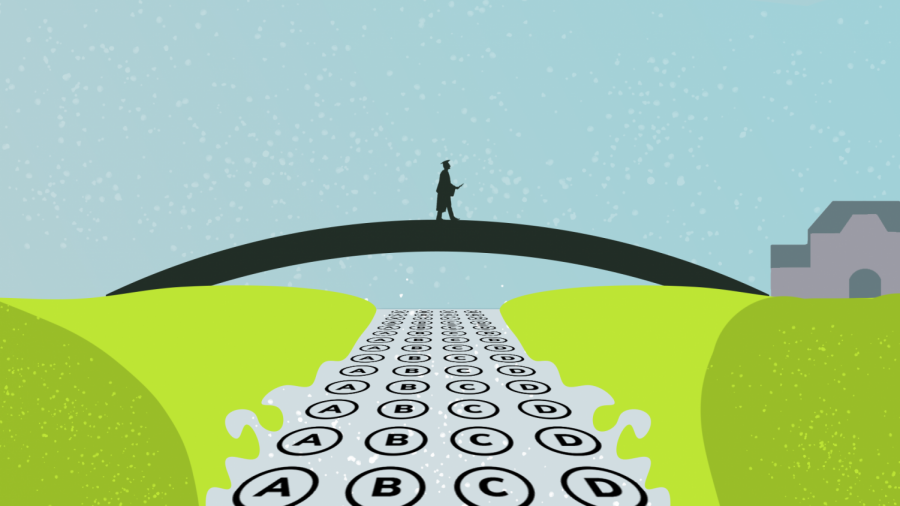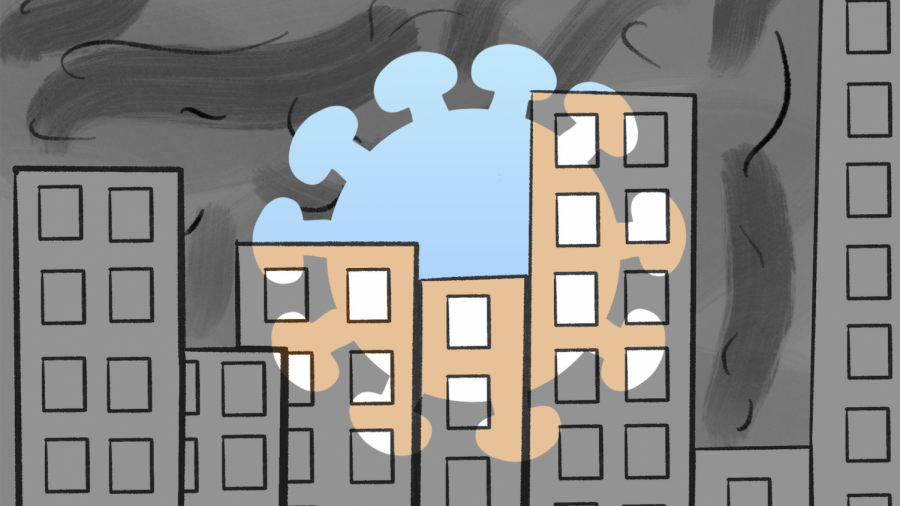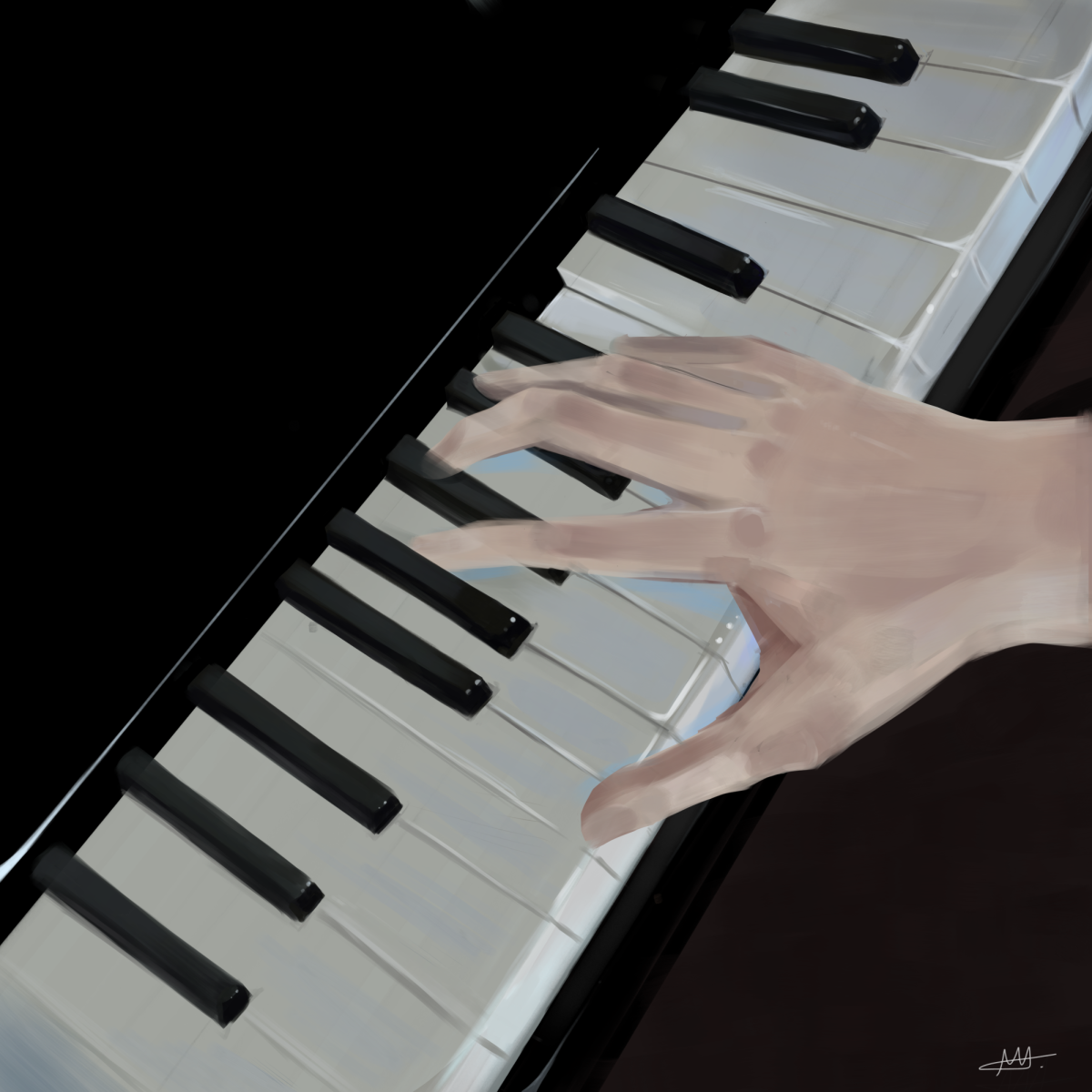Palm Beach County is now officially a month into school closures, and many students have seen both the upsides and downsides to distance learning. For one thing, it’s easy to roll out of bed just a few minutes before first period and still show up to class on time, and pets have the opportunity to interrupt class by walking in front of the teacher’s webcam. On the other hand, attending school online during the COVID-19 pandemic gives students a new and unprecedented kind of responsibility when it comes to managing their schoolwork.
Everyone has their own learning style and each student manages their school workload in a unique way, but the coronavirus outbreak has shaken things up for everyone. For those who are still figuring out how to adjust to the challenges that come with online schooling, making a few simple changes to a daily routine can help them spend less time on online assignments. That way, students can focus on staying healthy and safe for as long as it takes for the country to ride out the pandemic.
FIRST THINGS FIRST
One of the most pressing challenges facing some students in the transition to distance learning is a lack of internet access or a stable internet connection. Internet providers like Comcast are offering a variety of internet service packages to help low-income families connect to work and school from home. All lessons are currently being held on Google Meets, which can be accessed from a computer, tablet, or smartphone. Many of the applications used by teachers, such as Google Classroom, come with downloadable apps for a variety of cell phones and can be accessed by any computer with an internet connection. The School District of Palm Beach County livestreams lessons for grades K-12 every weekday from 9 a.m. to 4:15 p.m., and students using district-issued laptops can contact the IT Service Desk at (561) 242-4100 if they are experiencing any technological difficulties. If a student is having trouble with attending online classes, they should find a way to reach out to their teachers to inform them of what’s going on. Students and parents can also contact the school’s counselling team through their new website if they have any questions or concerns.
GETTING AHEAD OF THE GAME
Many teachers post daily assignments on Google Classroom for students to complete. These allow teachers to keep track of attendance since students cannot physically show up at school. Staying on top of these assignments not only encourages students to check their virtual classroom on a regular basis, but it also prevents miscommunications over absences and grades in the future. Just like with regular school, completing homework as it is assigned can help manage the stress over a class’ workload when teachers and students cannot meet face-to-face.
Since the onset of the virus has thrown students’ routines into a complete disarray, setting and sticking to a daily schedule can help reestablish a sense of normalcy in day-to-day life. By setting aside blocked periods of time allotted to schoolwork and other responsibilities, students can also allot time for breaks, going outside, and socializing. Ana Homayoun, the founder of Green Ivy Educational Consulting and author of “That Crumpled Paper Was Due Last Week,” recommends that students work in two-hour homework blocks, while taking a 10-minute break after every half hour of work. Meanwhile, the Pomodoro Technique suggests working in 25-minute intervals with five-minute breaks in between, with longer breaks after four consecutive sessions. Students can also choose between a multitude of productivity apps available on their smartphones and computers to help them accomplish tasks, including this app that allows a user to grow more trees the less time they spend using their phone.
After a certain point in the day, students should put away their schoolwork and take the rest of the day for themselves. According to Forbes Magazine’s article on productivity while working from home, this gives students a chance to relax and rest, which can prevent burnout and stress from overworking. Students are now in full control of how they can spend each moment of their day, and it is important for them to value both productivity and self care in their new lifestyle.
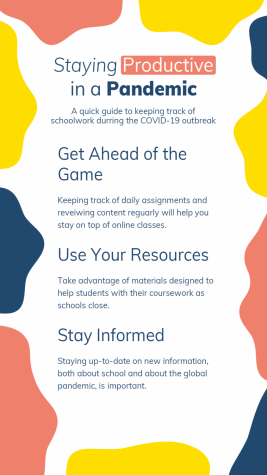
GET UP, DRESS UP, SHOW UP
The reality of online schooling lets students sleep in and show up to class in pajamas, if they feel like it. But, as an article published by CNET suggests, it’s not a good idea to get too comfortable when working from home. For maximum productivity, students should avoid spending the day in pajamas or working while laying in bed. Getting up in the morning, changing, and having breakfast will allow them to fully wake up and set their day up for success. Working at your desk can also help you resist the urge to watch the next episode of the Netflix show you’re currently binging when you’re supposed to be writing an essay. Save that for one of your break sessions as a well-earned reward for your hard work.
Speaking of distractions, students should create a separate workspace where they participate in classes, complete assignments, and study for exams. This workspace should be free of potential distractors, situated away from the rest of the house, and preferably be quiet and closed off from the bustle of home life. Using headphones or earbuds can also help to block out noises during study sessions, so students can focus on what they are working on when they sit down to accomplish something.
USE YOUR RESOURCES
Sometimes, the little things can make a big difference, and this is especially true for students trying to manage the new workload that comes with distance learning. All of the assignments are submitted digitally, which means that while they can be tricky to find in the mess of Google Classroom notifications, they also can never get lost. The To-do page on Google Classroom gives students a brief summary of which assignments are due soon, and which assignments they might have missed. For AP students, College Board is broadcasting free, online lessons for a wide variety of AP classes every day on their YouTube channel, organized in playlists by course. Additionally, students can use their AP classroom to get access to practices specific to their class to prepare for the online examinations in May. Students should feel free to contact their teachers to ask for help or clarify information about their courses, because their teachers are available for them and want to see them succeed.
One last thing for students to remember is to keep themselves updated on new information regarding the coronavirus. COVID-19 is affecting all aspects of student life, so it is in a student’s best interest to stay informed on how the stay-at-home order affects not only school, but also their community and the world at large. Check in with The Muse’s website for daily coverage on the COVID-19 pandemic and how students are adapting to the changes.

